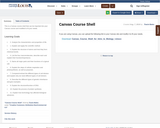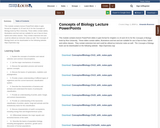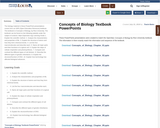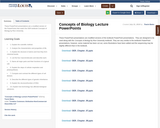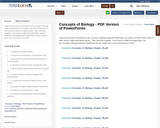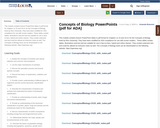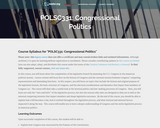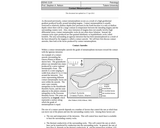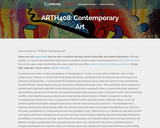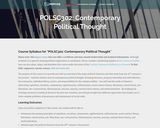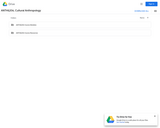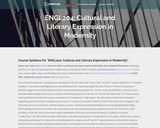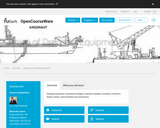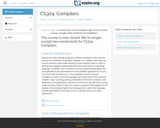
This course introduces the compilation process, presenting foundational topics on formal languages and outline each of the essential compiler steps: scanning, parsing, translation and semantic analysis, code generation, and optimization. Upon successful completion of this course, the student will be able to: describe the compilation process and explain the function of the components that comprise the structure of a compiler; apply concepts of formal languages and finite-state machines to the translation of computer languages; identify the compiler techniques, methods, and tools that are applicable to other software applications; describe the challenges and state-of-the-practice of compiler theory and practice. This free course may be completed online at any time. (Computer Science 304)
- Subject:
- Applied Science
- Computer Science
- Material Type:
- Assessment
- Full Course
- Homework/Assignment
- Lecture Notes
- Reading
- Syllabus
- Textbook
- Provider:
- The Saylor Foundation
- Date Added:
- 04/29/2019
